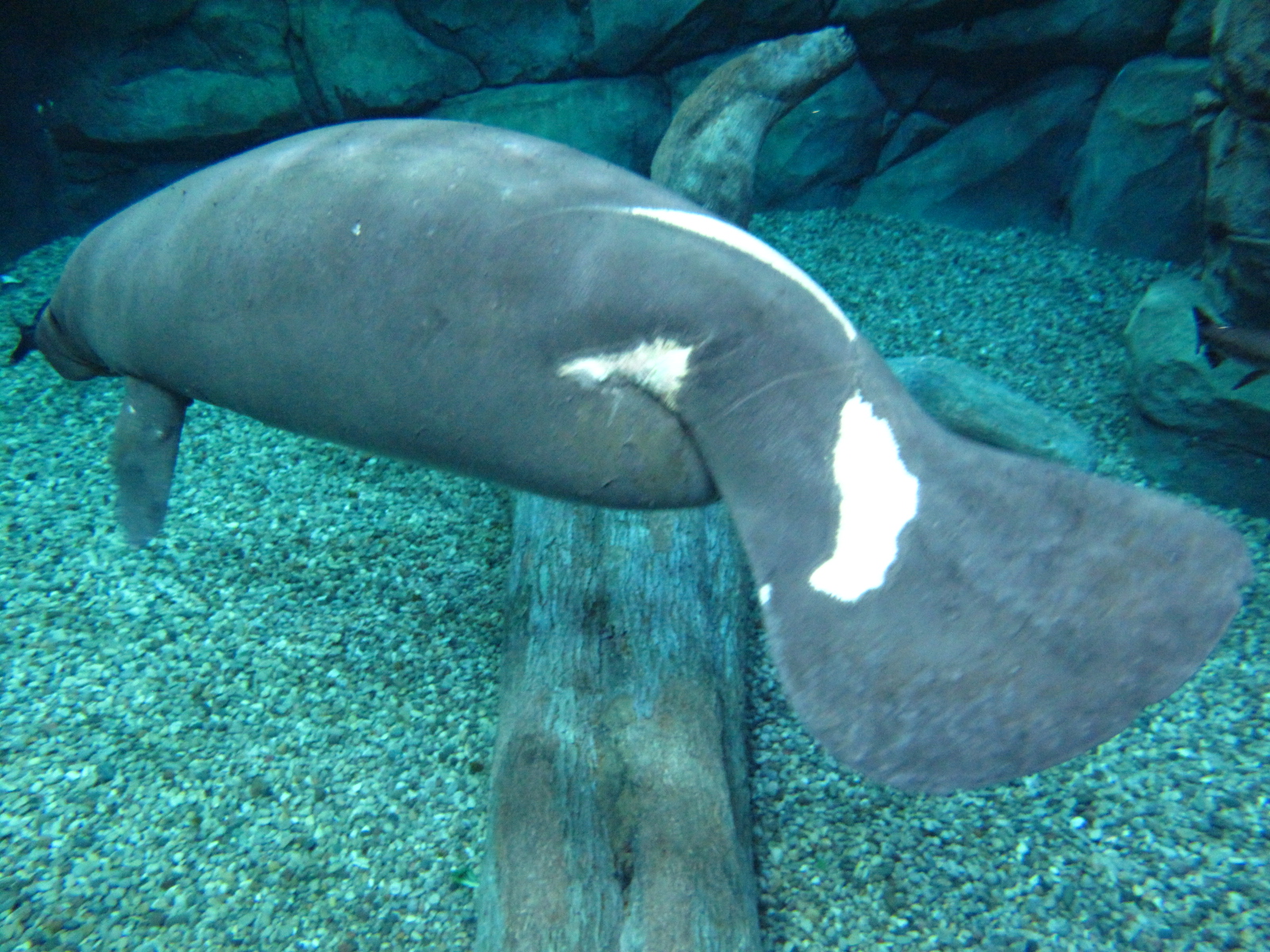Sea-Cow Shuffle at the Cincinnati Zoo
CINCINNATI – The Cincinnati Zoo & Botanical Garden animal care staff has been quite busy the last 48 hours – moving nine manatees, between six institutions. The Sea Cow Shuffle began on Tuesday, November 2, when the Zoo transported two manatees – “CC Baby” and “Turner” – by truck to Rickenbacker International Airport, in Columbus, Ohio, where they met three manatees from the Columbus Zoo, and together, flew to Orlando, Florida to prepare for release back to the wild.
On Wednesday, November 3, Cincinnati Zoo Director of Animal Health Dr. Mark Campbell and Head Manatee Keeper Jamey Vogel, met four new manatees in Orlando, and flew back via cargo plane to Rickenbacker International Airport. Upon arrival, three of the four manatees were safely transported by truck back to the Cincinnati Zoo – with one headed to the Columbus Zoo. (SEE ATTACHED SEA COW SHUFFLE TIMELINE FOR MORE DETAIL.)
The Cincinnati Zoo’s three new manatee residents – 300-pound “Wooten,” 900-pound “Illusion,” and 1800-pound “Betsy,” will be on display at the Cincinnati Zoo’s Otto M. Budig Family Foundation Manatee Springs exhibit beginning Thursday, November 4. Not only was this shuffle one-of-a-kind, but it will also be the first time in Cincinnati Zoo history that Manatee Springs has been home to three manatees at one time. (MEDIA ARE INVITED TO GET PHOTOS OF THE MANATEE ON THURSDAY AFTERNOON.)
Long term, two of the three are scheduled to return back to the wild in the next year while one, “Betsy”, will, more than likely, remain at the Cincinnati Zoo for a longer period of time.
“Without a doubt, manatees are one of the most charismatic creatures and certainly one of the Zoo’s most popular animals,” said Thane Maynard, Director of the Cincinnati Zoo & Botanical Garden. “We are extremely proud to be part of this conservation program since 1999 and excited to welcome “Wooten”, “Illusion” and “Betsy” to the Cincinnati Zoo.”
The Cincinnati Zoo is one of only two facilities outside of Florida to participate in the USFWS’ Manatee Rescue, Rehabilitation and Release Program. This Program began in 1973 with the mission of rescuing and rehabilitating distressed and injured Florida manatees. The fundamental purpose of the program is to release these rehabilitated manatees back into their wild habitat.
Manatees can live up to 60 years of age. However, human activities throughout the years have accounted for about one-third of the known manatee deaths each year with watercraft collisions comprising the greatest human-related threat. Most adult manatees bear permanent scars from watercraft propeller strikes. In January of 2010, the Florida Fish and Wildlife Conservation Commission”s (FWC) Fish and Wildlife Research Institute (FWRI) reported a preliminary count of 5,076 manatees statewide. This aerial survey is the highest population count since surveys began in 1991. Unfortunately, the number of known mortalities continues to increase.

